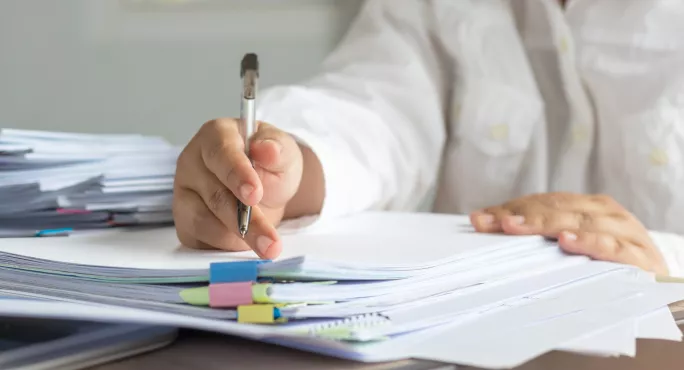Before becoming a Sendco, my knowledge of the Education and Health Care Plan (EHCP) system was virtually non-existent. I knew they were plans I had to follow for some of the children on the special educational needs or disabilities (SEND) register, but it certainly wasn’t something that was covered in any depth during my whistle-stop PGCE, or in any training when I was a teacher with my own class.
What is an EHCP?
So, what is an EHCP? It is a statutory document that describes a young person’s special educational needs, what support they need on a daily basis, and what outcomes they are working towards that are linked to this.
It is designed to be holistic, taking into account the views of many stakeholders around the young person, including parents and professionals, as well as the young person themselves. The EHCP also draws attention to their personal goals for the future, recognising that this is a document that can follow the young person into adulthood (the EHCP can remain in place until the young person is 25 years old).
I was surprised to find out that the EHCP system varies wildly from county to county, and that there is much about the system that could be improved.
EHCPs: how do they work?
My tentative foray into Twitter has thrown into sharp relief the daily angst and frustrations of many families who are “in the system”. As educators, however, we have to do what we can to make the system work for us. So, here are three ways of making the EHCP system work for you and your young people:
1. As a ‘go-to’ guide to a young person
You can learn a huge amount by reading a full EHCP, as the documentation provided by the parents and other professionals should make it a thorough and detailed evaluation of the child’s special educational needs. Take the time to read the full report; there won’t be many children in a mainstream class who have such full documentation of their background and needs.
2. As a working document
While a school has a statutory duty to deliver an EHCP, it is important to bear in mind that the EHCP will grow and adapt with the young person. Their needs and their outcomes will change year on year, and the EHCP should reflect this in order to be a valid and meaningful document. As professionals, we need to be clear about what is written in the EHCP, but also ready to identify where outcomes have been met, and be confident in identifying the next step in the young person’s learning journey.
3. As a way of building relationships with parents and young people
The EHCP is designed to draw together the views and aspirations of the young person, and as such, should be used as a tool to celebrate success, ensuring a good sense of self-worth and self-belief, always within the backdrop of the young person’s future adult life. Recently, I visited a local special school where they treat the annual review as a This Is Your Life-style affair, with snacks and music chosen by the young person, all stakeholders present, and big whiteboards where everyone writes and talks about the successes they have achieved over the year, as well as setting realistic outcomes for the future.
Paul Dix writes in his book, When the Adults Change Everyone Changes, that “you need to meet the needs of the child in front of you, not the label on the jar”. I have used this quote often in staff training and when offering advice to colleagues in relation to children who have various diagnoses and who are demonstrating seemingly erratic behaviours. If we are considering the EHCP to be the “jar” in this case, then I would, instead, suggest you carefully read the label first and make sure you are fully clear of what it says, before you go on to decide what you need to do with the young person who is standing in front of you.
The writer is a Sendco in the south of England




